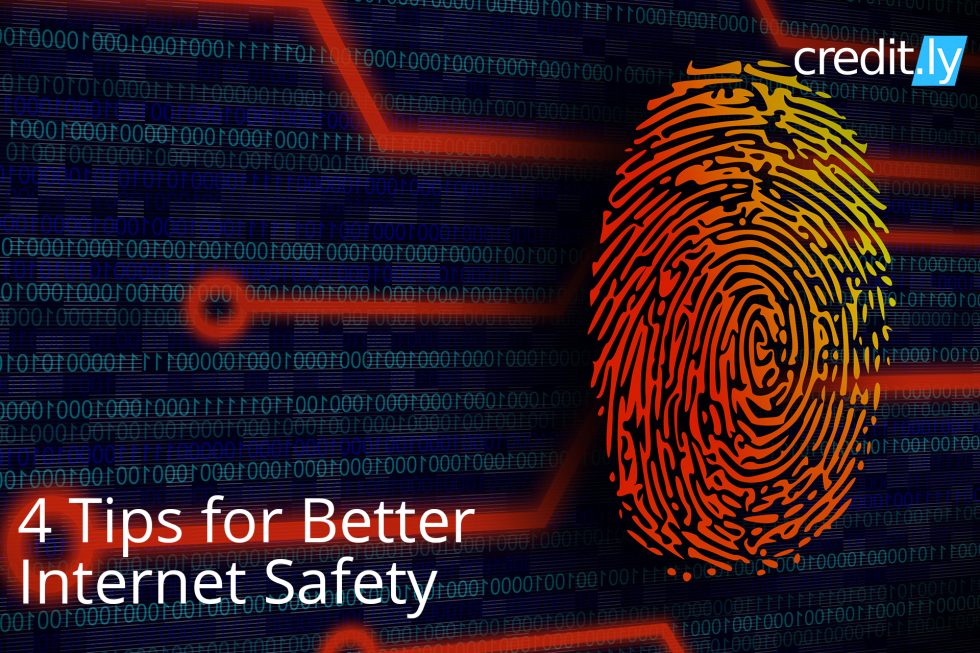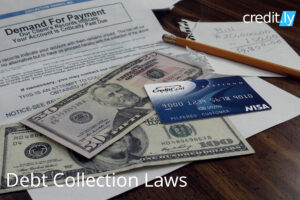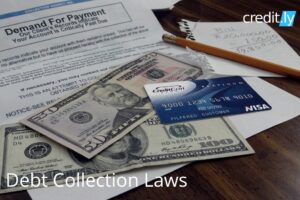We love online shopping, it’s easy, convenient, and safe – so we think. Amazon, Paypal, and online banking are how people use the internet for, well, just about everything we do in life. After all, it is pretty convenient to just sit at a computer or pull out your phone, type a few words and get a hold of whatever item or piece of information you need. Unfortunately, while convenient, the internet is fraught with perils — and surfing at a rapid pace with blinders on can get you scammed or leave you exposed to identity theft in a click. That’s why it’s important to practice good internet safety. That means limiting the amount of information you share online, protecting accounts with long and strong passwords, sticking to trusted websites and remaining alert at all times. Let’s take a deeper dive into some tried and true internet safety rules.
What Does Being Internet Safe Do For Me?
Trust no-one on the internet! Just like we learn to look both ways before crossing the street or to travel in pairs, there are some standard best practices when it comes to surfing the internet. Those best practices are internet safety in a nutshell. You want to have a plan whenever you hit the world wide web so you don’t unwittingly give fraudsters sensitive information, like your credit card or debit card numbers, date of birth, address or, worst of all, Social Security number.
Examples of Some Well-Known Cyber Attacks To Know …
Perhaps the most direct threat people face when they hit the internet are what is commonly referred to as phishing scams. Phishing is exactly what it sounds like: A thief fishes for personal or payment information by getting you to click on a link in an illegitimate email, text or pop-up screen. Once you click, you’re either prompted to add that personal or payment information on a fake site or landing page, effectively handing it over to the thief. Or, in another incarnation, clicking a link downloads malware onto your computer. Malware is malicious software designed to hijack or disable your computer, often in an attempt to access any personal or financial information that’s stored or entered on it.
Many scammers also go after bigger fish, so to speak, by hacking into company databases to get the loads of consumer payment or personal information they have on file. While it’s easy to blame these data breaches on shoddy security at the company in question, remember, you have a certain level of control when it comes to deciding who to share your information with.
For instance: That’s why it’s particularly important to refrain from storing credit card numbers as you shop online. And to read privacy policies before turning over personal information. So you know who it’s being shared with and how it’s being protected.
Don’t forget about Ransomware. Recently the GandCrab virus has hit many organizations holding their files hostage unless a bitcoin payment was paid.
Worried about keeping your personal and financial information safe when you’re online?
You can better protect yourself from identity thieves and online scammers if you follow these basic internet safety tips.
1. Protect, Update and Randamize Your Passwords
Good internet safety begins with strong passwords. So protect your financial and private information by maintaining strong passwords on all your online accounts. You can do this by:
- Mixing letters, numbers and special characters when creating passwords
- Using both upper- and lowercase letters
- Making it at least 10 characters
- Avoid using your name, birthdate or common words in your password
Remember, keep your passwords in a safe and secure place, and update them regularly. For strong internet safety, you’ll want to avoid using the same password for several accounts. Otherwise, if a thief cracks that password, they could get access to your other private accounts. So be creative and mix up your passwords.
Avoid sharing your password in texts or emails. A legitimate company won’t ask you to do this. So if you get a request, it’s probably a scam. Think about internet safety whenever you use a public computer. Never save your login information, and be sure to log out completely when you are finished.
2. Only Shop or Bank at Encrypted Websites Showing the Lock Icon In the URL
Internet safety means being choosy about the websites where you bank and shop. You can tell if a website is secure by:
- Looking for https at the beginning of a web address. The “s” indicates that the site is secure
- Shop with trusted online retailers that use reputable payment processors
- Check for a padlock icon on your browser before shopping with an online retailer
Remember, it’s important to make sure you are using a secure website that encrypts the information when submitting private information such as a credit card number or your name or address online.
3. Keep Your Security Software Up to Date – Updates Are Set to Automatic
Internet safety means having the latest security software on your home computer or laptop and keeping it updated. Free security checkups are available from many major companies. Never buy security software in response to an unexpected pop-up message or email that says your computer has been scanned and malware has been detected. That’s another common cyberattack: Scammers use these messages to trick buyers into buying bogus software.
4. Don’t Fall for Phony Emails, Phone Calls, And Info Requests
Be safe on the internet by steering clear of scams. As we mentioned earlier, scammers that send you unsolicited emails that take you to phony financial websites are hoping you will share private account information and password information with them. Don’t fall for it. A legitimate company will not ask you for this information. If you have doubts about the legitimacy of an email or website, contact the financial institution directly. Call the customer service number on your latest bank or credit card statement.
A scammer may also send you an unsolicited bogus email promising you a guaranteed loan or credit card without a credit check. Don’t be fooled. They want to grab your personal financial information and steal your identity. Keep your email account safe by immediately deleting any email that seems suspicious.
Help – What Do I Do if I Was Cyber-Attacked or Cyber-Scammed?
As a general rule of thumb, it’s a good idea to get your credit reports and credit scores regularly to check for potential signs of fraud. Check your credit reports for accounts that don’t belong to you or other errors, and watch your credit scores for big, sudden changes that require you to take a closer look at your credit reports and existing credit accounts. You can get your free credit report snapshot on Credit.ly.
If you do believe you fell victim to a cyber-scam, regular credit monitoring becomes even more imperative. You may also want to sign up for alerts with the major credit reporting agencies or even institute a credit freeze on your credit reports. (Note: A credit freeze prevents lenders and issuers from being able to pull your credit and approve a new account, so, while it keeps scammers for opening credit cards and loans in your name, it also makes it more cumbersome for you to do so as well.)
You’ll also want to report any fraud or identity theft to your local authorities, the Federal Trade Commission and the Federal Bureau of Investigation’s Internet Crime Complaint Center.
[/et_pb_text][/et_pb_column][/et_pb_row][/et_pb_section]









